The game Lies of P, based on the famous tale of Pinocchio by Carlo Collodi, presents a reimagined story. The action is set in the city of Krat, where inventor Gepetto uses a new energy source, Ergo, to create robot puppets. These puppets ensure the technological advancement of the city.
However, the peaceful existence is disrupted by the spread of a mysterious stone disease that turns humans into monsters. On top of this, the puppets get out of control and start killing their creators. Most of the city’s population dies at the hands of the robots, and the events of the game begin in the aftermath of this uprising.
It’s not good to lie
The protagonist is the puppet “Pinocchio”, who resembles a teenager. He has to get to the Hotel Crat, the only safe place in town, and then go in search of his creator, Gepetto.
In the game Lies of P, lying is not built into the automaton program, allowing Pinocchio to deceive characters and pretend to be a living person. Lies in the game are mostly based on human empathy and the corresponding perception of the surrounding reality. For example, a player may meet a distraught woman who has lost her child and decide to support her with a lie or tell the truth after finding a doll and returning it to its owner. Such choices can influence the outcome of some events and the game’s ending.
The game also features familiar characters from the original tale, such as “The Fox” and “The Cat”, who try to trick Pinocchio and use his skills to their advantage.
“Do not trust, my boy, those who promise to make you rich at the wave of a hand. They tend to be either madmen or swindlers” – Carlo Collodi “The Adventures of Pinocchio “
Gameplay
Gameplay in Lies of P consists of exploring levels and battling enemies, including puppets and those infected with the stone disease. By defeating enemies, the protagonist gains Ergo energy, which is used to upgrade equipment, buy consumable items such as bombs, and to increase stats.
The combat system in Lies of P is a combination of ideas from Bloodborne with elements from Sekiro: Shadows Die Twice. The most obvious example is the parrying mechanic, inspired by both Bloodborne and Sekiro.
The main character, Pinocchio, gets a set of main weapons in his right hand and an additional weapon in his left, both implemented in a very interesting way. The main weapon consists of two parts: the tip (or blade) and the hilt. The blade affects speed, punching power and damage type, while the hilt changes the attack patterns and Legend’s skills – special attacks, the energy for which is accumulated during combat.
The most fascinating mechanic, however, is the use of Pinocchio’s mechanical left arm, to which devices called Legion arms can be attached. Some of them are obtained by the player as the story progresses, while others can be assembled at a special machine in Hotel Krat. The variety of Legion arms will overwhelm even the arsenal of guns from Bloodborne. You can choose from a stun gun, flamethrower, grenade launcher, corrosive liquid atomizer, and many other devices, including a shield that deals blast damage while deflecting attacks, or a harpoon cannon that draws enemies to you.
Finally, the last significant innovation is the mechanical heart. In fact, it is a system of pumping special skills. Here the developers have included everything that is not usually included in the standard progression system in the soulslike genre: increasing the number of health kits, the ability to double dodge, expanding the number of Legend charges and much more in the same vein.
However, resources for boosts are given out very little, so it’s not easy to test all the possibilities. It’s a real shame, as this second way of character development could have been an alternative for newcomers and would have added even more variety to gameplay.
Hints
The Round 8 team has really worked hard to make Lies of P more beginner friendly, especially considering the complexity and not simplicity of the genre. They’ve implemented a fairly simple and straightforward tutorial that gradually introduces the basics of the game over the first few hours. Here you will learn how to save, control your character, fight, and pump your gear.
To further help the player, some mechanics are explained right during the game through on-screen tooltips with illustrations. For example, when you come across special objects like folding ladders that open up a shortcut through the city, they’re highlighted with brightly colored traffic lights to make it easier to figure out what to do with them.
And remember the lamp on Pinocchio’s belt? That’s Gemini. He’s like a city guide: he helps you figure out new locations, tells you about their peculiarities and backstory, and when you get stuck, tells you where to go next. It’s like your personal navigator, like in Uncharted, who is always ready to tell you where to go so you don’t get lost.
Story pitch
FromSoftware is known for its stealth and mystery when it comes to revealing game mechanics and story. In their games, you are often left alone with riddles, forced to think with your head and search for answers in the smallest details of the world around you. Characters speak cryptically, sometimes even wiser than ancient prophecies, and leave the player facing many unsolved riddles.
In Lies of P, things are much simpler and more transparent. Characters make their thoughts and intentions clear, guiding you along the path to the finale. You don’t have to guess where to go or solve mysteries through tiny clues. Instead, the information is presented to you in a clear and understandable way. Dialogues with characters reveal additional details about the game’s world and even provide information about new gear, making your adventure more straightforward and easy to understand.
The design of Lies of P
Unlike the open world in FromSoftware games such as Dark Souls and Bloodborne, Lies of P is a linear corridor with minimal branches and non-obvious paths. Locations can only be explored within a specific sequence, which creates a sense of linearity and limits player freedom. Although the levels are linear, the locations themselves are quite sprawling and there is plenty of room to wander around
The level design of Lies of P is inspired by the Victorian era, which successfully immerses the player in the atmosphere of the game, reminiscent of the first encounter with Bloodborne. The detailed graphics enhance the experience and allow the player to enjoy the environments and colorful effects, although the far corners of the city are often obscured by fog, preventing the player from being fully immersed in the background details.
Despite the beautiful graphics and detailed locations, the developers failed to offer completely original and diverse environments, and the player ends up in swamps, mines, and catacombs, which can cause a feeling of lack of originality in the location design.
About the problems of Lies of P
The developers have said that perfect blocks can damage enemies’ weapons, but this doesn’t happen all the time and not for everyone. For example, in one battle there were about five perfect blocks, but the enemy’s weapon remained undamaged. How many perfect blocks you need to make in order to surpass an enemy remains a mystery. The game requires you to be highly skillful and precise in executing actions, which can be a challenge for many. However, you can always just block attacks, losing only a fraction of your health and stamina, which works.
Regarding the dodges, they are not very well balanced. When you dodge, you move too far away, which makes it difficult to hit the safe attack window on the boss. This problem remains in the full version of the game, though it’s not as critical now. With time and practice, you’ll get better at using dodges, but it’s still harder than normal blocking.
Problems also arise from poor hitboxes and some “cheating” by enemies. Sometimes you get damaged even if the attack misses half a meter away from you. Opponents are always magnetized to your position, so you can’t be sure if a saving throw worked or not.
Additionally, animations can be a problem. While you’re completing an attack, you can’t instantly switch to blocking. Enemies often use this to their advantage, and your actions can be interrupted by even the weakest attack. Your hero may also fail to block if he is still completing a previous action. These “sticking points” will haunt you throughout the game.
Conclusion
Lies of P is the first game of South Korean studio Neowiz Games in the third-person genre, so some flaws can be forgiven due to the inexperience of the studio. However, despite this, Lies of P is one of the best representatives of souls borne games and the only quality alternative to Bloodborne on PC and Xbox.
Although the game is full of imperfections common to most projects seeking to replicate the success of the original Bloodborne and Dark Souls, the adventures of Pinocchio offer many new gameplay chips. The atmosphere of the game is intense, the story is intriguing, and a couple of unexpected twists and turns only add to the experience.
Lies of P turned out to be a very high-quality game, which attracts not only with a fascinating story, but also with elaborate gameplay. Some minor flaws may upset players, but even such moments do not spoil the overall impression of the game, especially for fans of the “soulslice” genre.

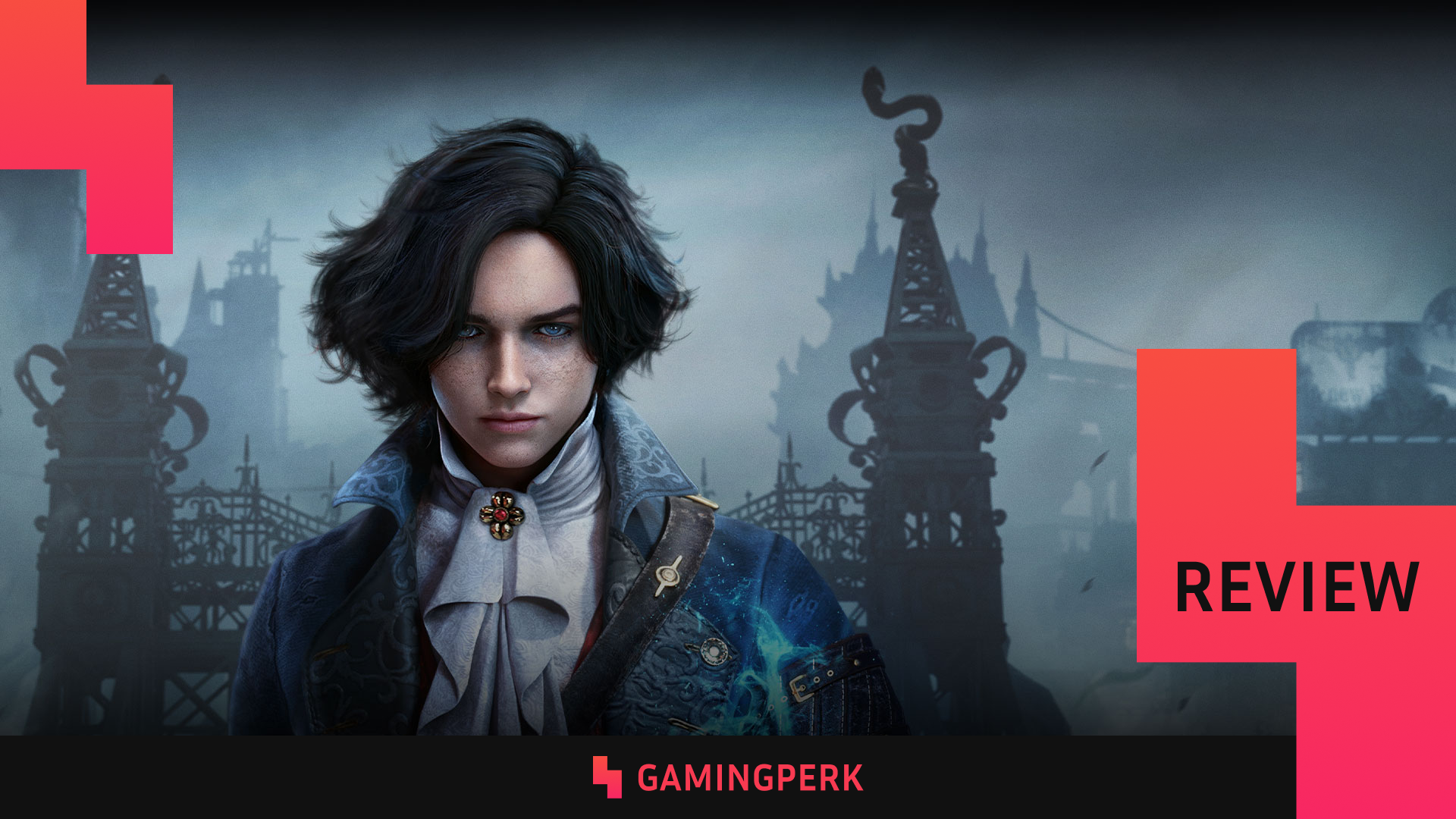

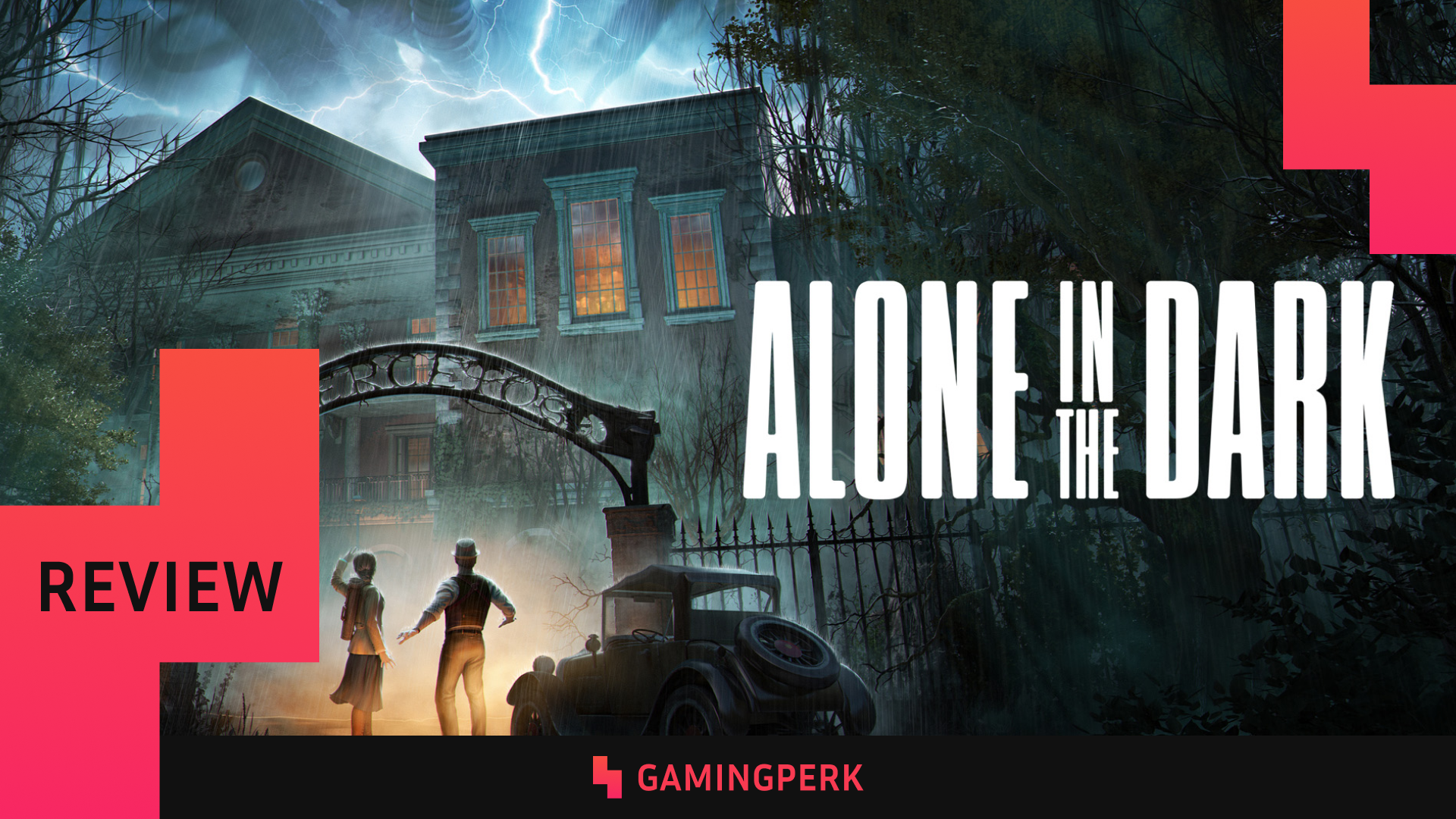

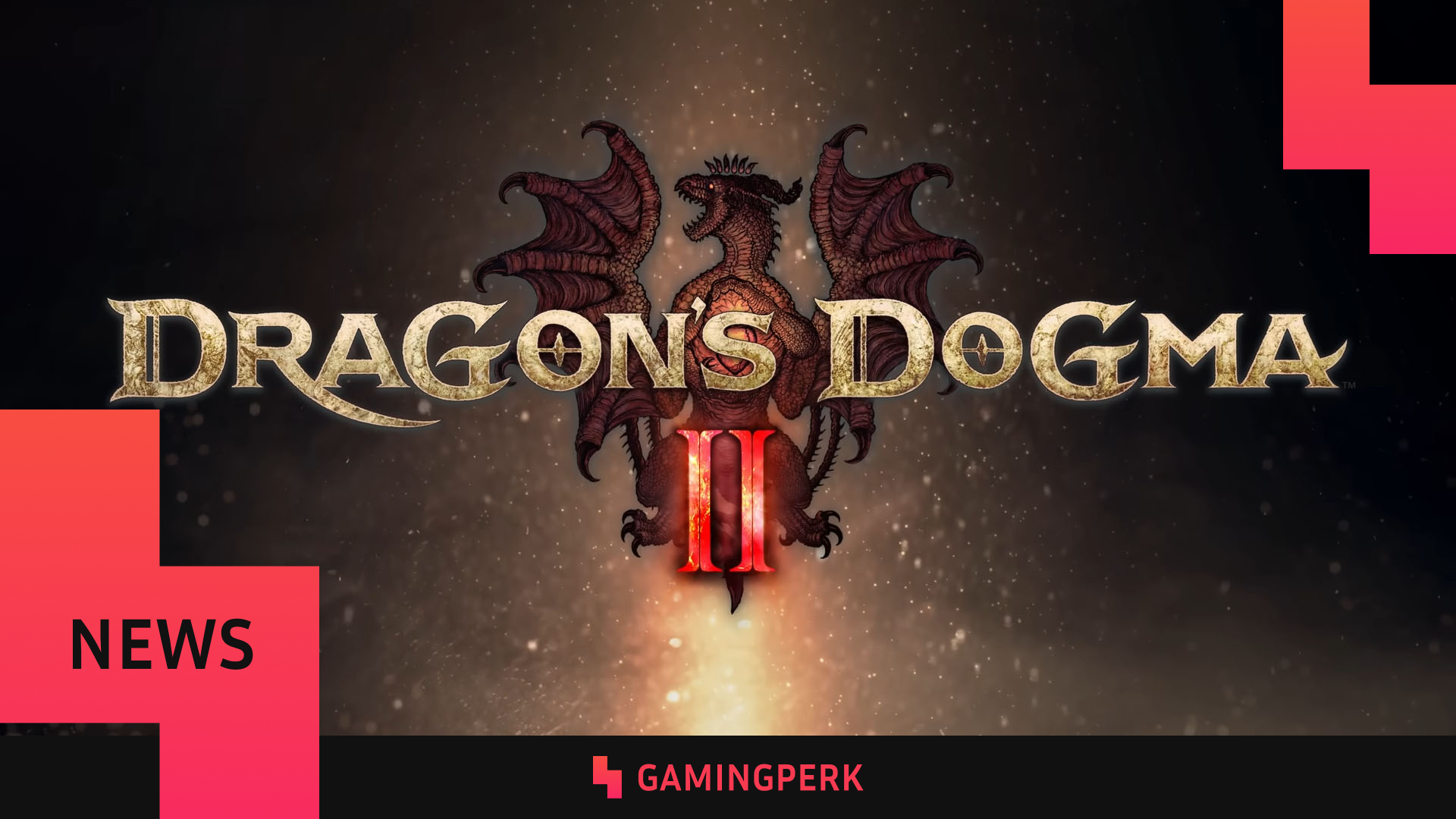
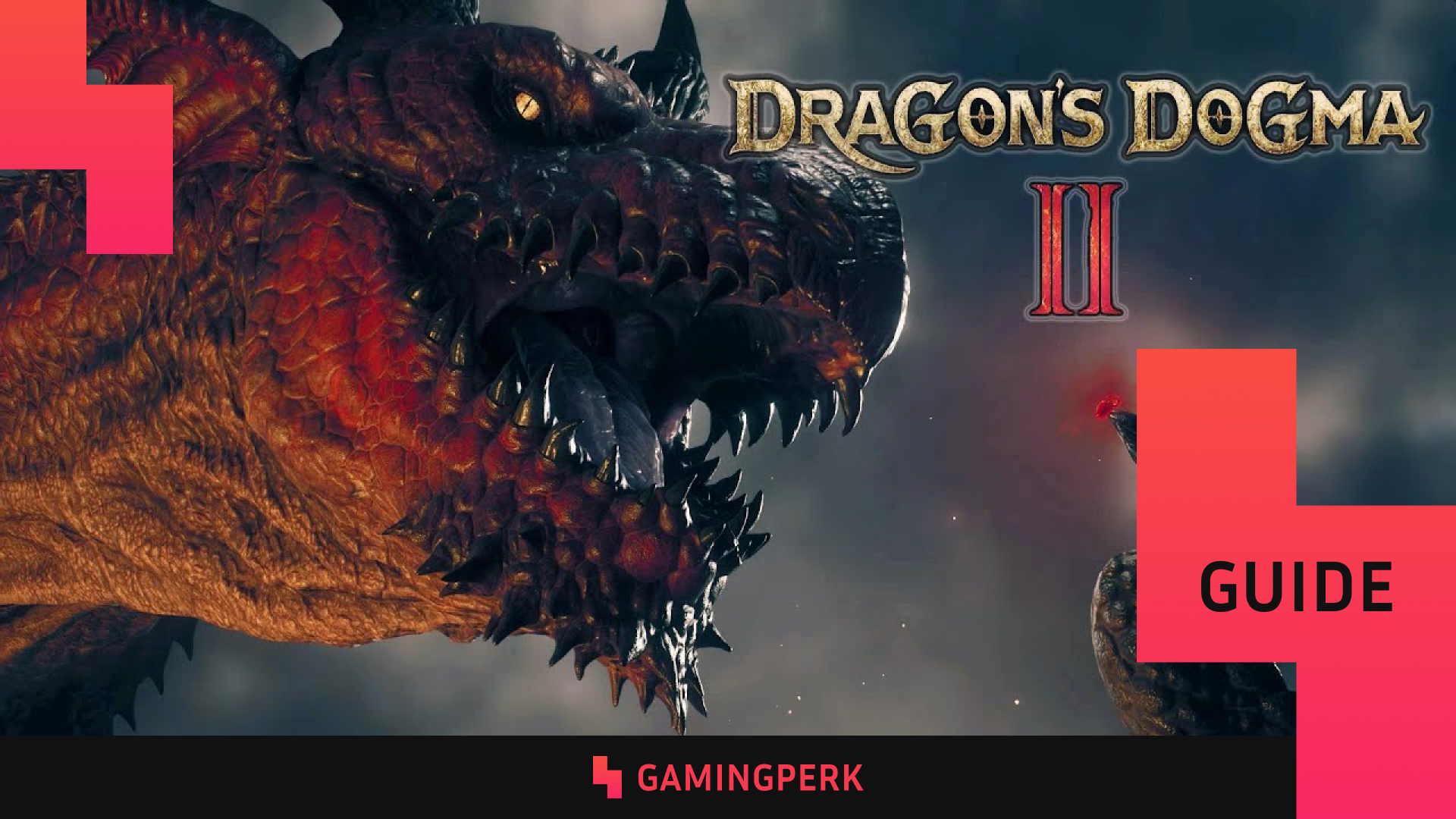
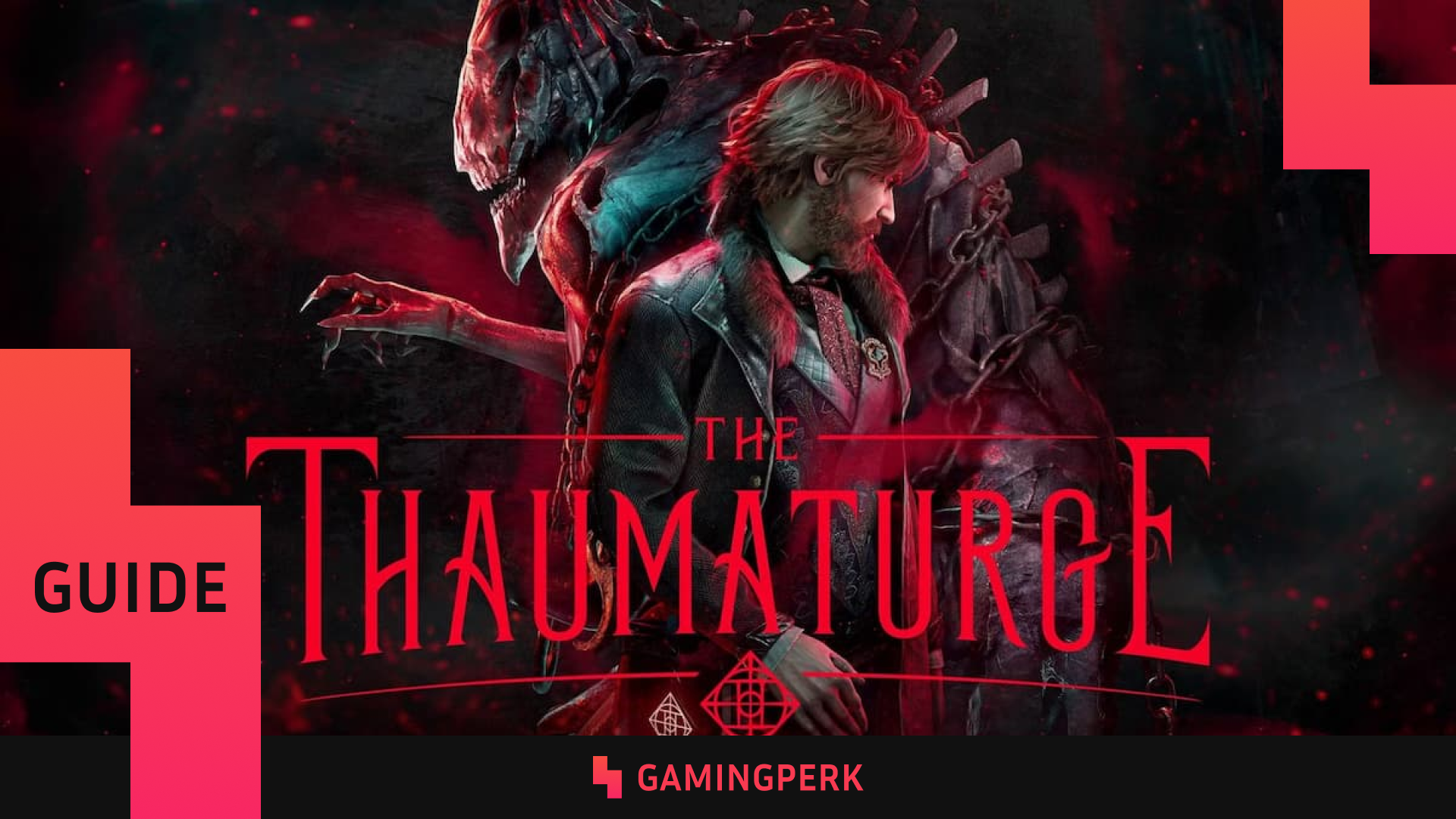

+ There are no comments
Add yours